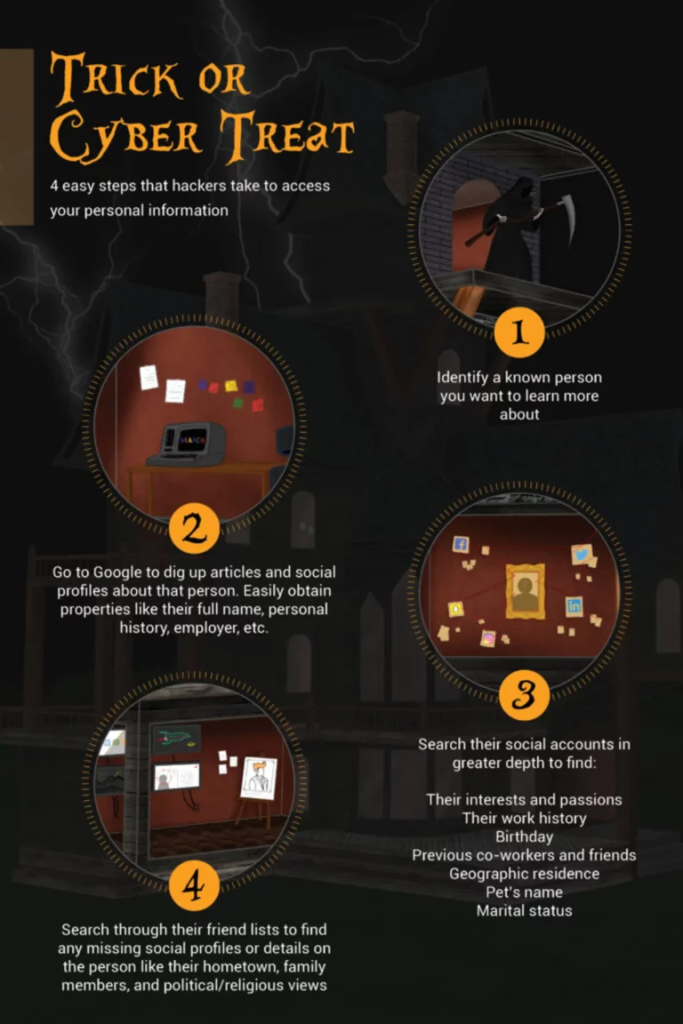Living Our Mission Blog Series: cybersecurity + Teaching = the Perfect Match for Developing Cyber Curriculum in Project Ares for Circadence’s Megan Daudelin
Ever wondered about the people behind Project Ares’ development? How does Circadence identify and develop learning curriculum material to benefit today’s cyber professionals? The crux of the strategy stems from the talents within our own Circadence family and is the driving force behind this “Living our Mission” article. We are sharing the unique talents of Megan Daudelin, Team Lead of Curriculum Development for our flagship gamified learning platform, Project Ares. While one might expect that a cyber background is critical to any tech-focused role in a security company, Megan would argue that having a strong understanding of learning theories, experience teaching cyber subjects, and placing oneself in the customer’s shoes equally weigh in importance to successfully build rich cyber curriculum into our products.
Blending Forensics, Hospital Security, and Cyber Education
Megan has a rich history in the cybersecurity industry, which started after she graduated with her bachelor’s degree, and continued as she worked full time while completing her Master’s in Digital Forensics Management from Champlain College. Prior to Circadence, she served as a Digital Forensic Analyst at ManTech and Information Security Content Analyst at Tenable Network Security. She also worked as a Network Security Analyst at New London Hospital between her stints at ManTech and Tenable, monitoring networks and medical devices in accordance with HIPPA. Those experiences helped her learn the importance of understanding an end-user’s behavior to identify and investigate digital evidence.
Her career as a digital forensic analyst revolved around gathering and interpreting data. She recalls a previous job where she was responsible for writing up a narrative around a customer by referencing only the information available in a customer’s device. She would get a sense of the day-to-day digital life the user led to understand who and how that person was using the technology.
“That’s the part I liked, taking a vast amount of information and drawing the lines through the ‘dust cloud’ of data to figure out the connections between everything and turn the ‘cloud’ into a digestible amount of information.”
As Megan embraced new skill acquisition on the job, she grew to appreciate how problem-solving played a critical role in managing threats for her employers and their customers.
It was her passion for identifying the tools and techniques that best helped harden security posture that led her back to the classroom as an Adjunct Professor at her alma mater, Champlain College, to help groom the next generation of cyber professionals. Her professional experience across multiple disciplines in cyber, from digital forensics to network security to ethical hacking and incident response, allows her to teach courses on a variety of cybersecurity disciplines—a job she still does today.
Using Teaching to Inform Cyber Learning in Project Ares
Over the last two years, Megan has taken her love for teaching and applied it directly to the innovation within Project Ares. She is able to see how her students learn best whether through direct, hands-on experiences or learning from peers, and she applies those observations within a customer’s experience in the platform. All of this comes with the understanding that she must remember not to get “too deep” into one thought pattern, to maintain the “10,000 foot view” as she puts it, so that she can build cyber learning curriculum that is cross-disciplinary and cross-functional.
Megan put her cyber and teaching skills to the ultimate test at the Microsoft Ignite “Into the Breach” cyber defense experience in November 2019. She helped design six custom-built Battle Rooms in Project Ares that were used in a competition-style activity among event registrants. The battle rooms provided a gamified learning approach to teach cyber professionals about Microsoft Security Tools. Megan used the Project Ares virtual environments to create a hands-on, experiential learning activity that focused on problem-solving using Microsoft tools. By adopting the end-user’s perspective, she was able to help the players through the maze from the home page of the Project Ares interface down to the data they were looking for to find the answers they needed.
“It was quite the adventure learning all these new security solutions and organizing them into a cohesive storyline. We weren’t asking independent questions to teach TTPs in a silo. Instead, we were walking the players through a single attack pattern. The narrative was knit together so that they could understand that the tasks in the Battle Rooms were related to the progressive arc of a full-scope attack and there were different points along the kill chain where the Microsoft tools could help to identify, analyze, and respond.”
Looking ahead…
As Megan works hard to build learning curriculum into Project Ares, she can’t help but think about what lies ahead for the cybersecurity industry.
“I hope the prioritization of training and education continues to increase; I hope the prioritization of security as a pillar of someone’s organization continues to get recognition. I think we’re coming out of a phase where organizations felt that they could just ignore the elephant that’s stomping around their data center.
I’m hopeful we’re moving into a time that people are becoming more aware of their organization’s digital activity online…. not just in a check-the-box periodic program kind of way, but in the sense that cybersecurity readiness and training has ongoing funding and cross-function collaboration. The industry is moving toward recognition that this is where priorities lie.”
It is this kind of forward-thinking mindset in employees that helps Circadence deliver state-of-the-art products and we are incredibly proud to have Megan within the Circadence family!









